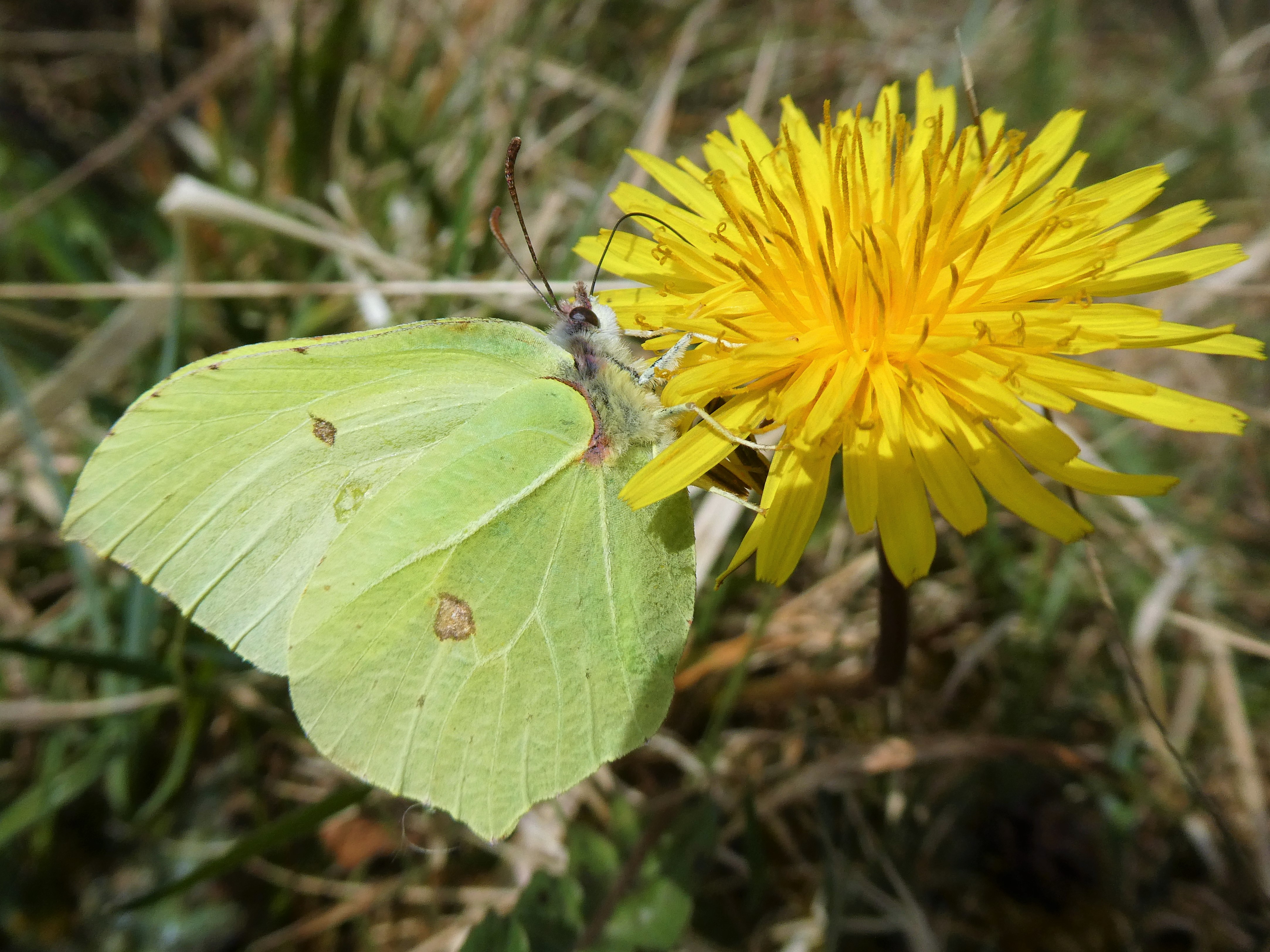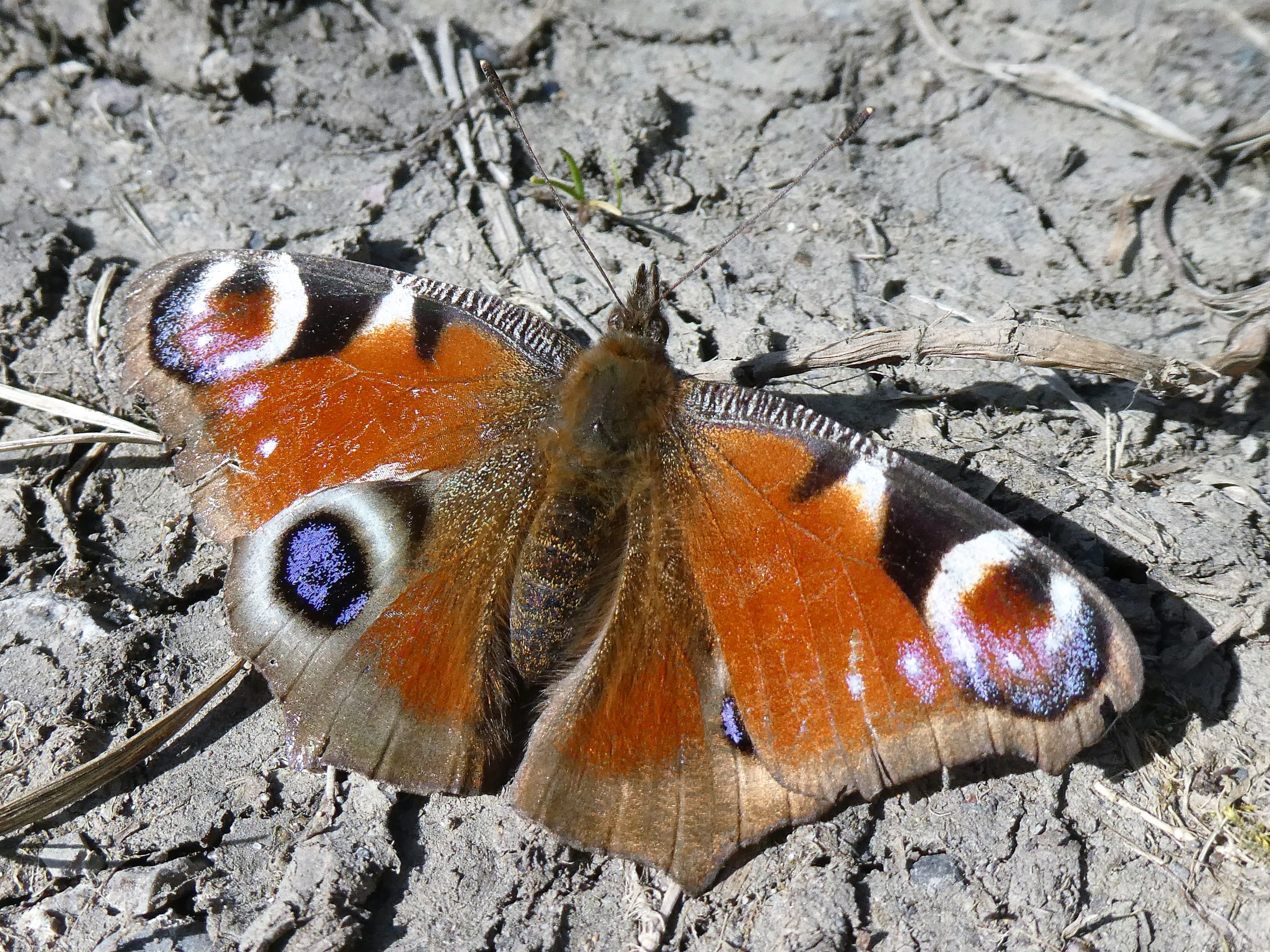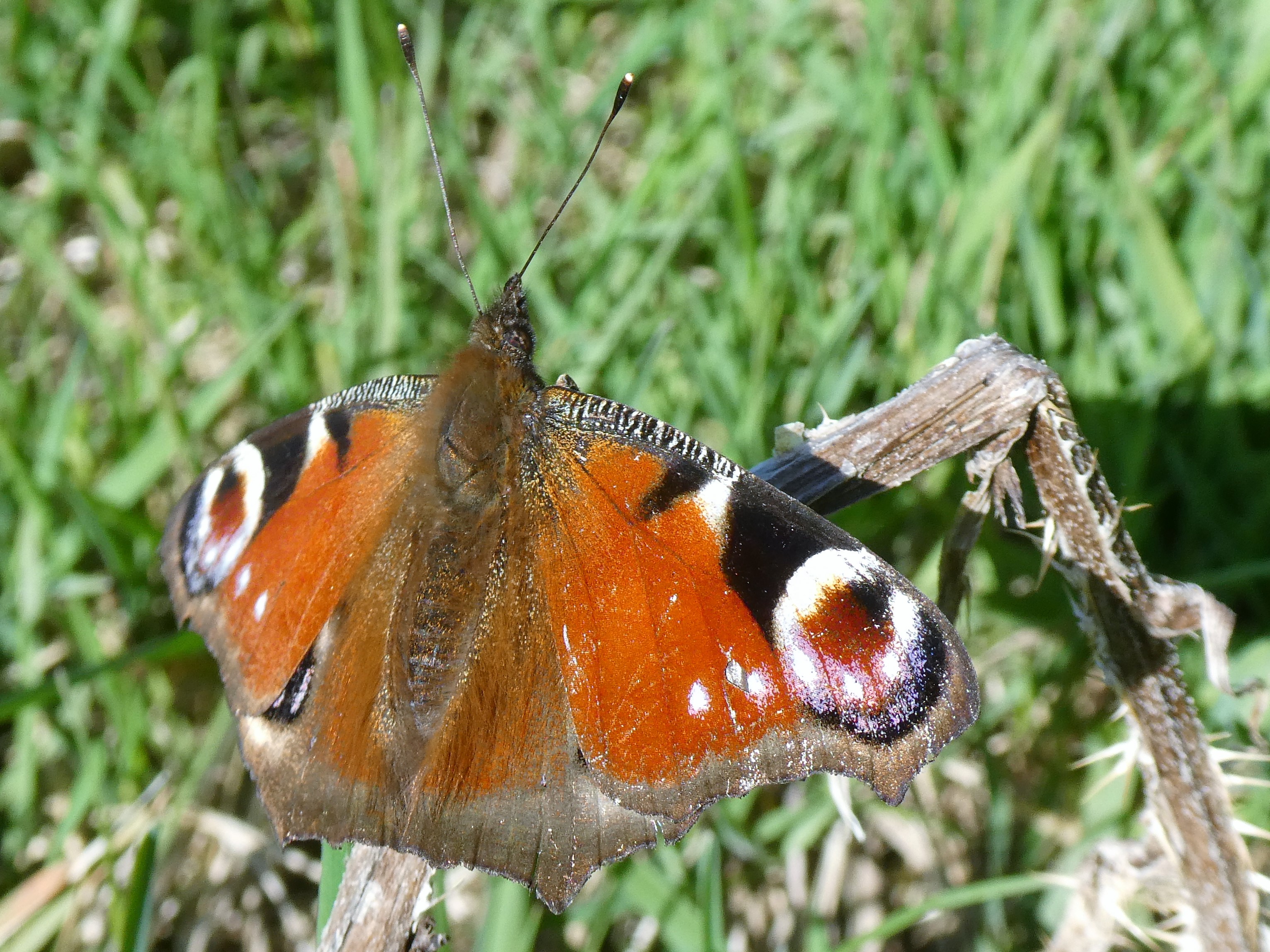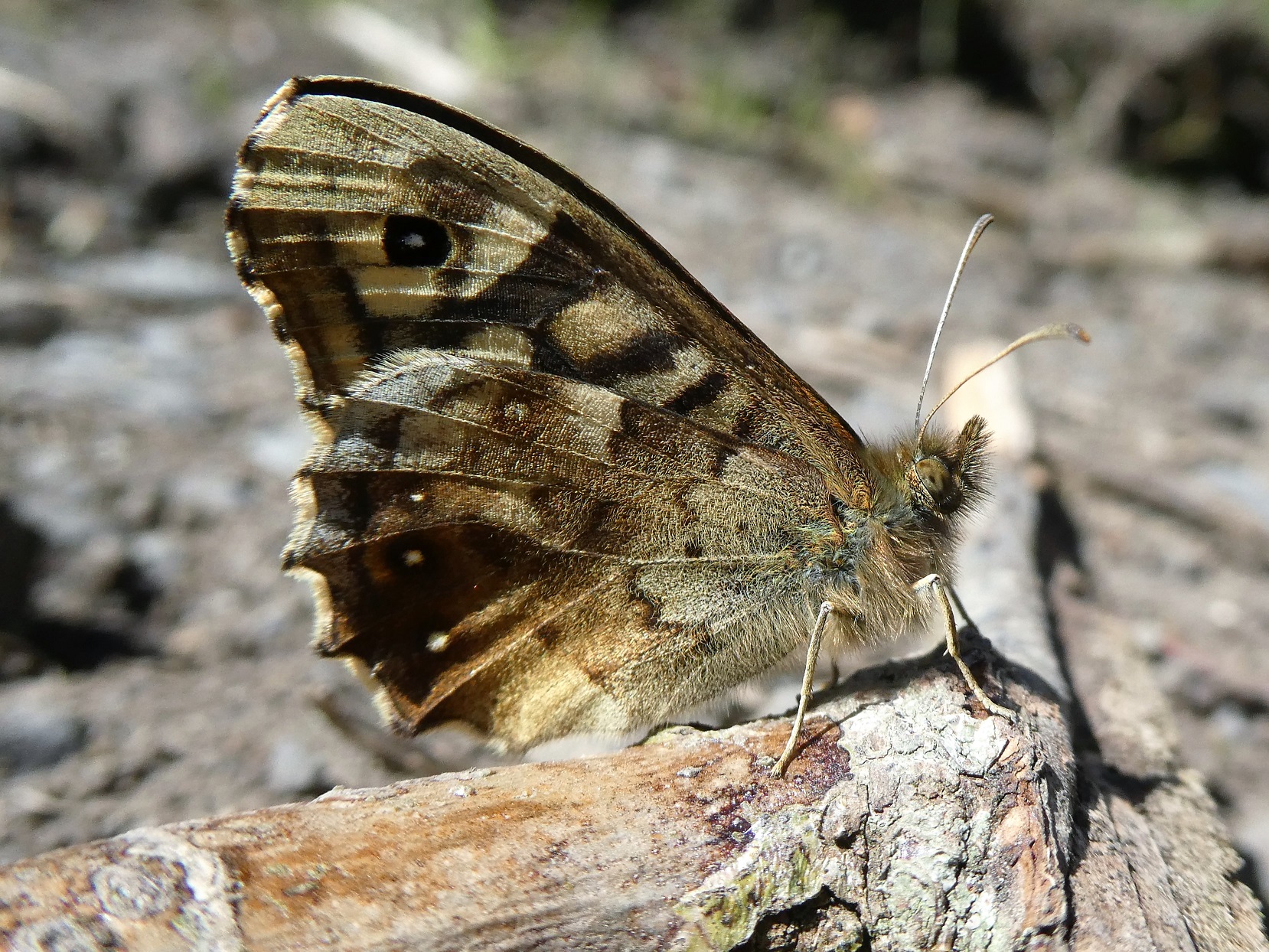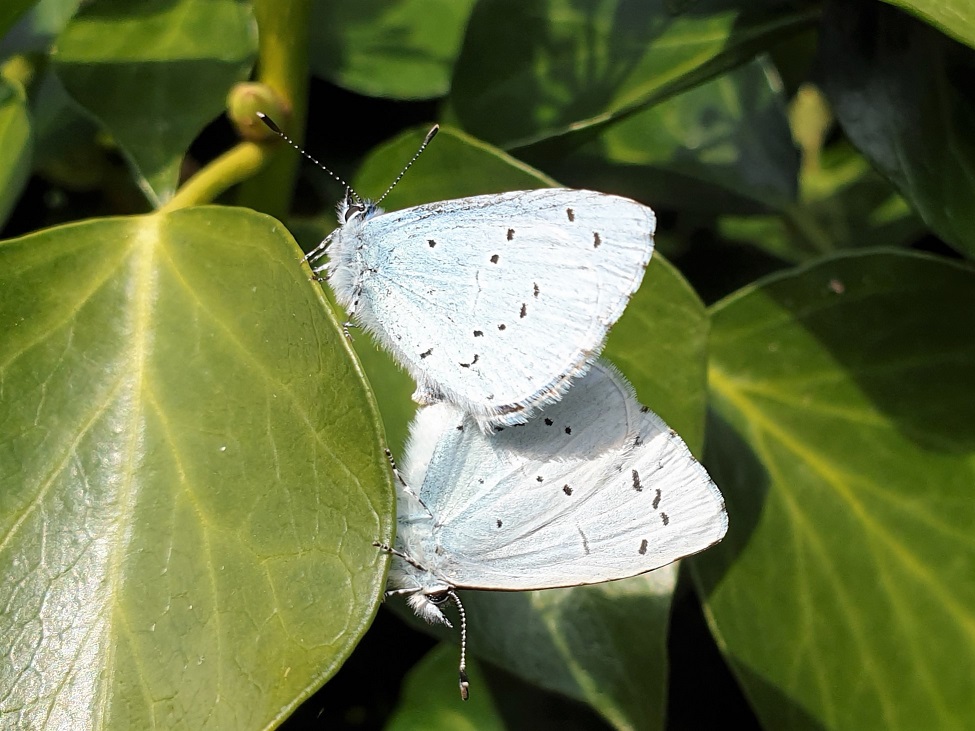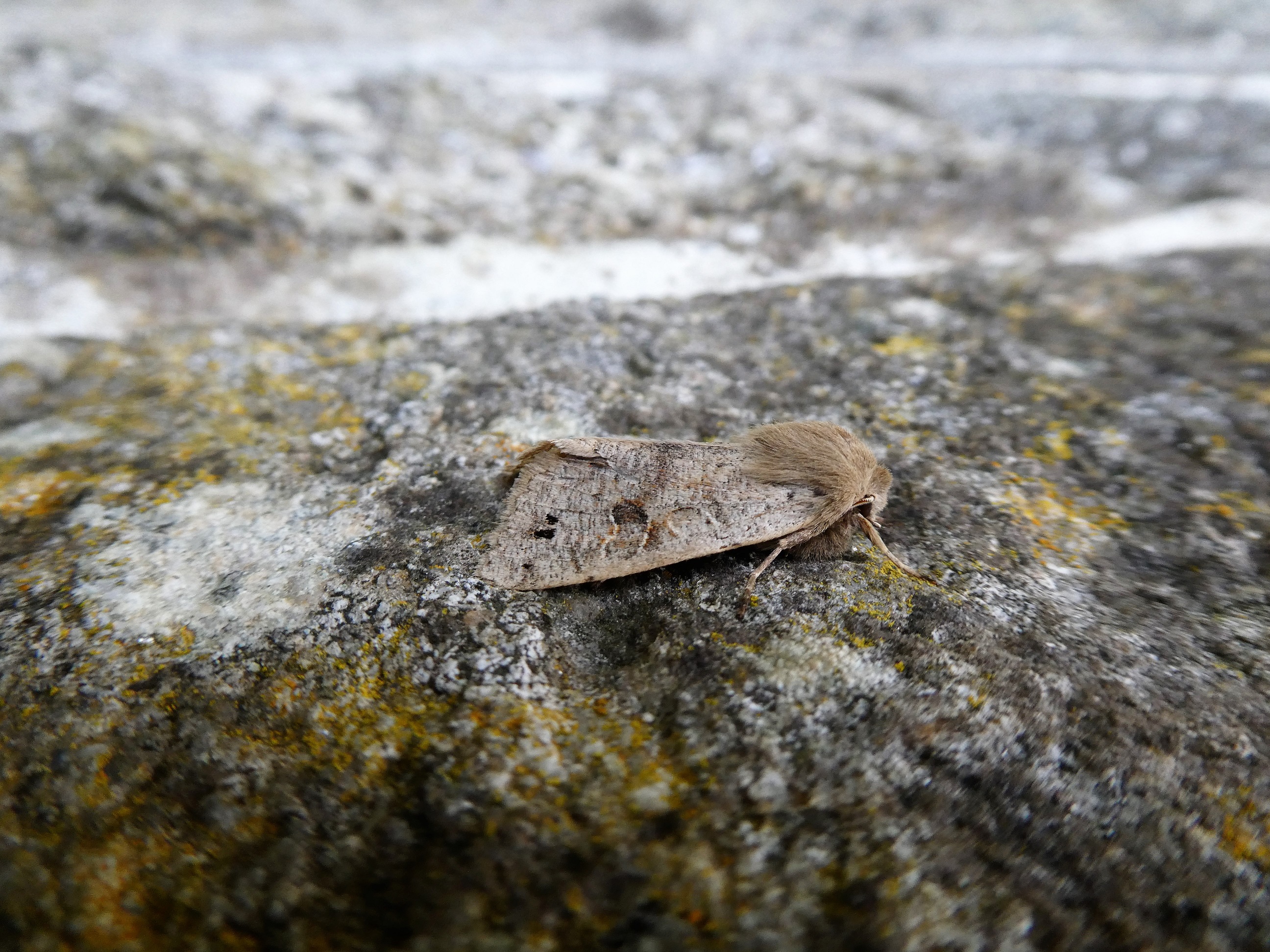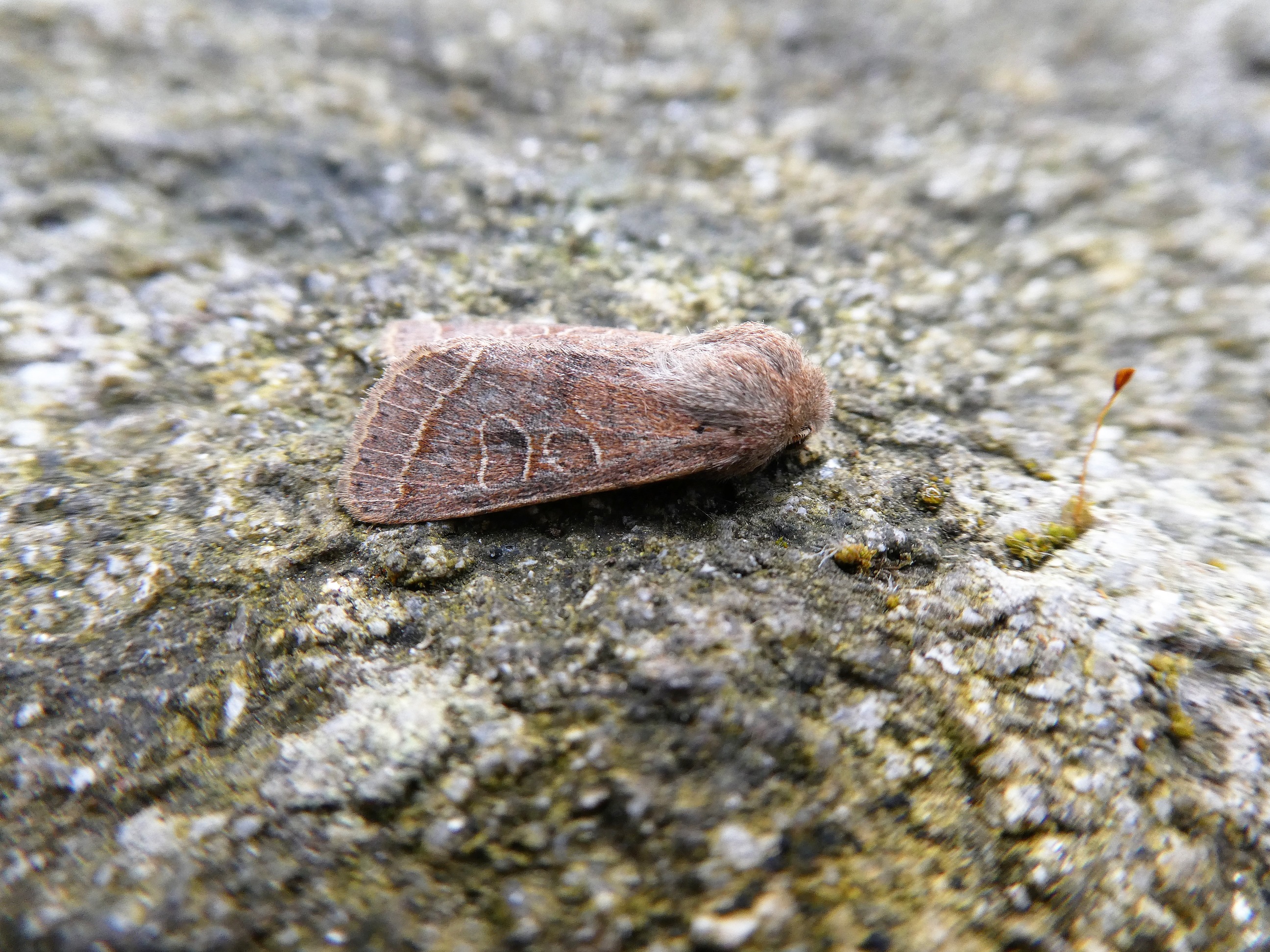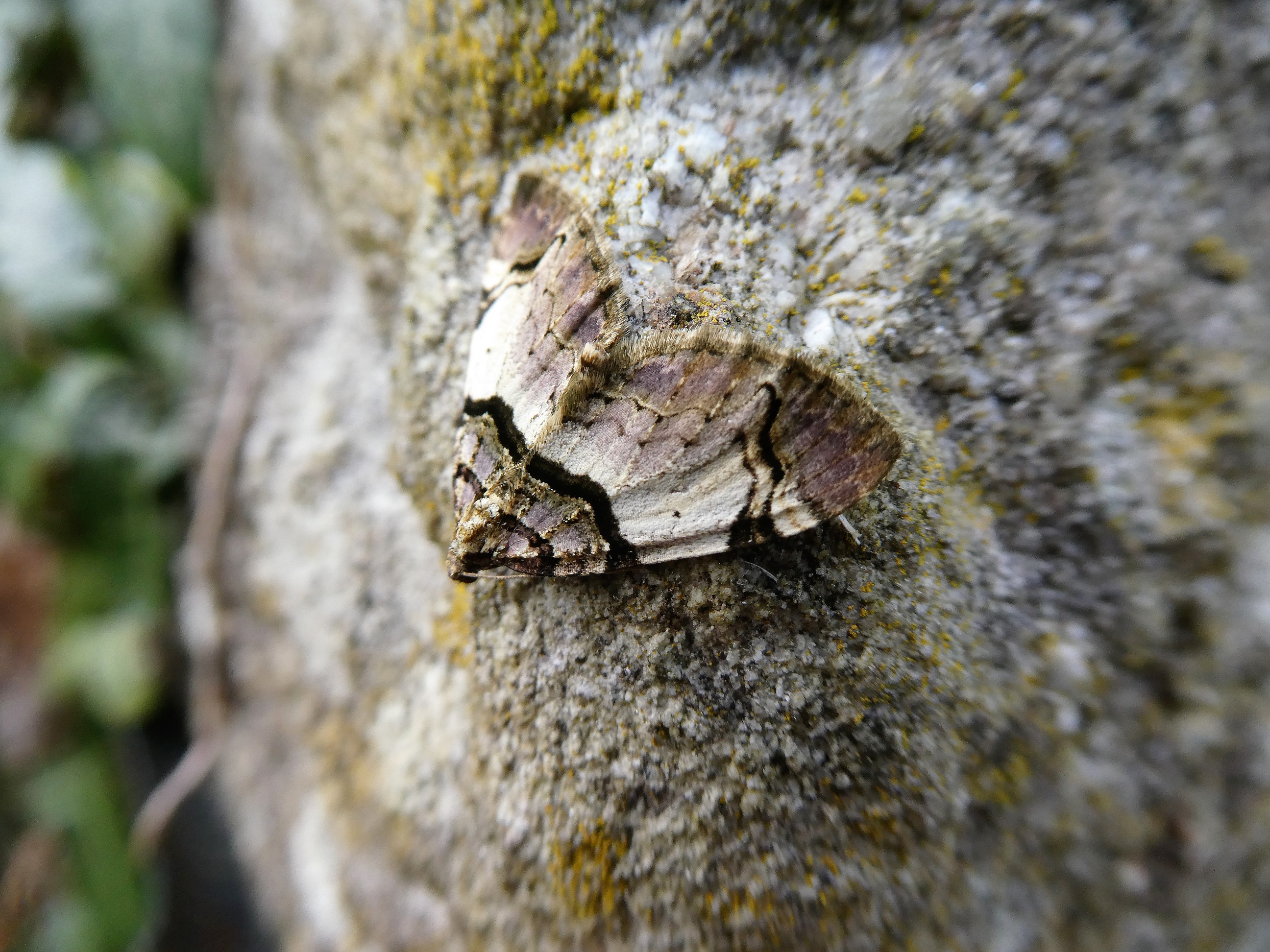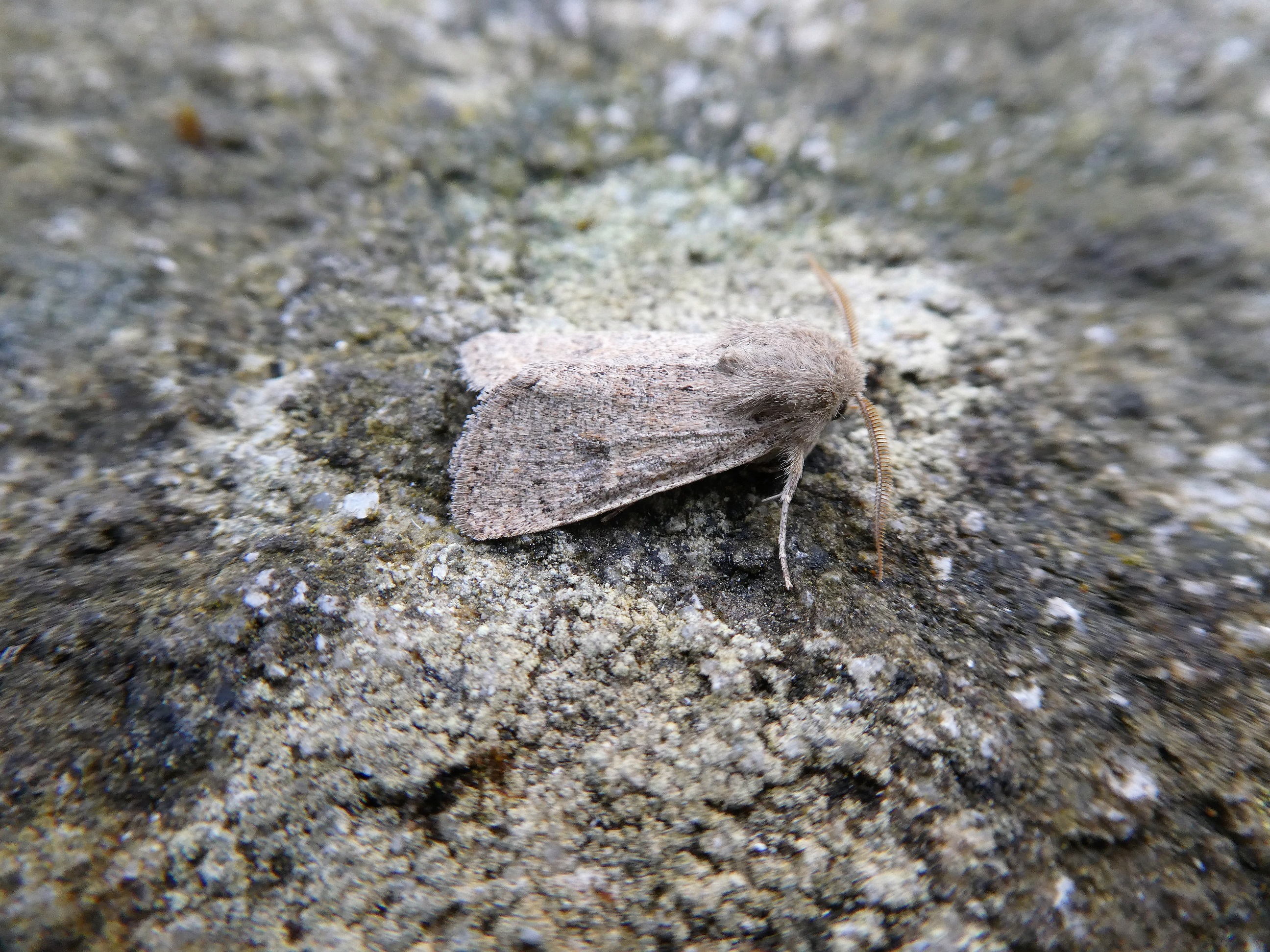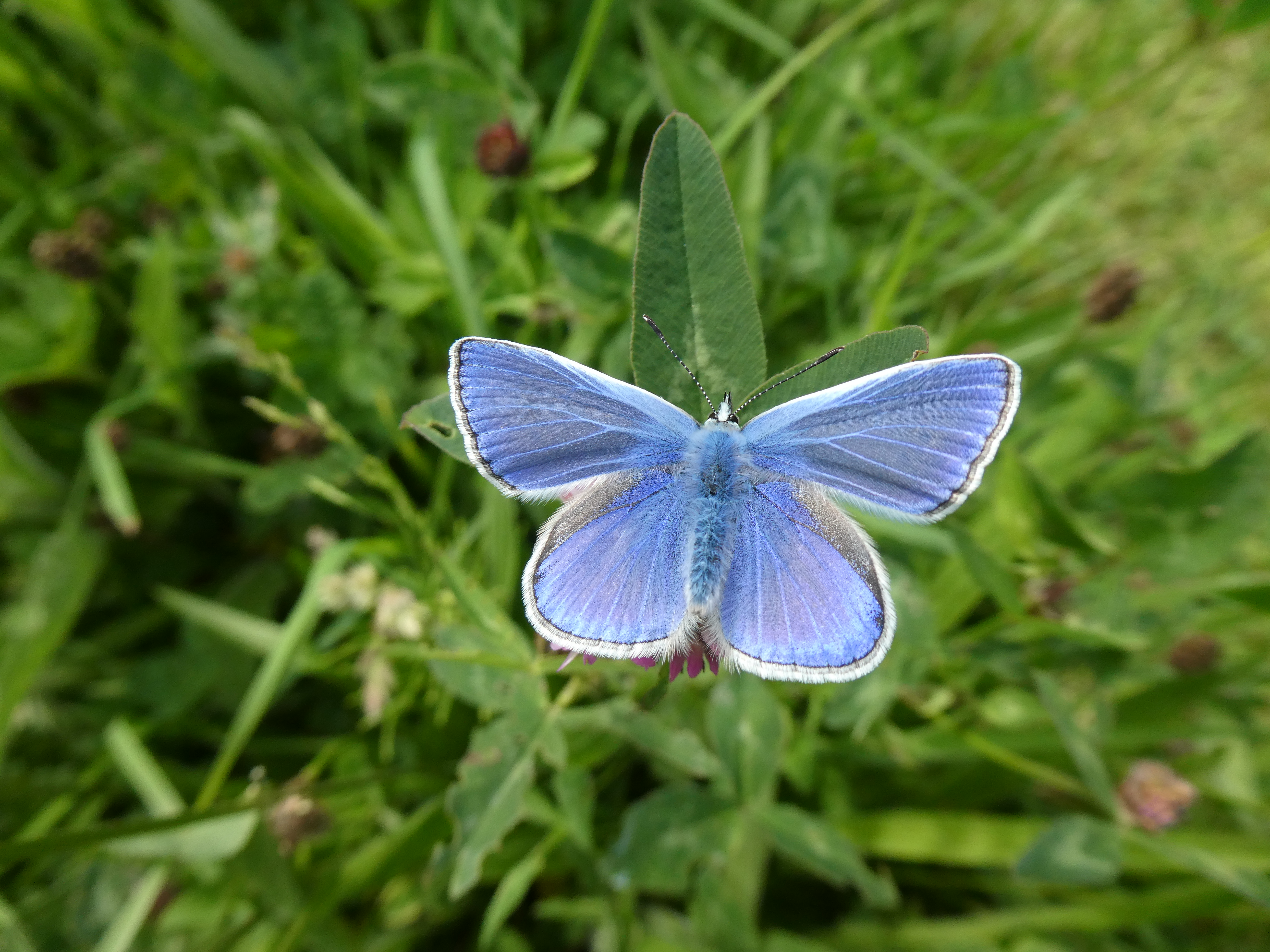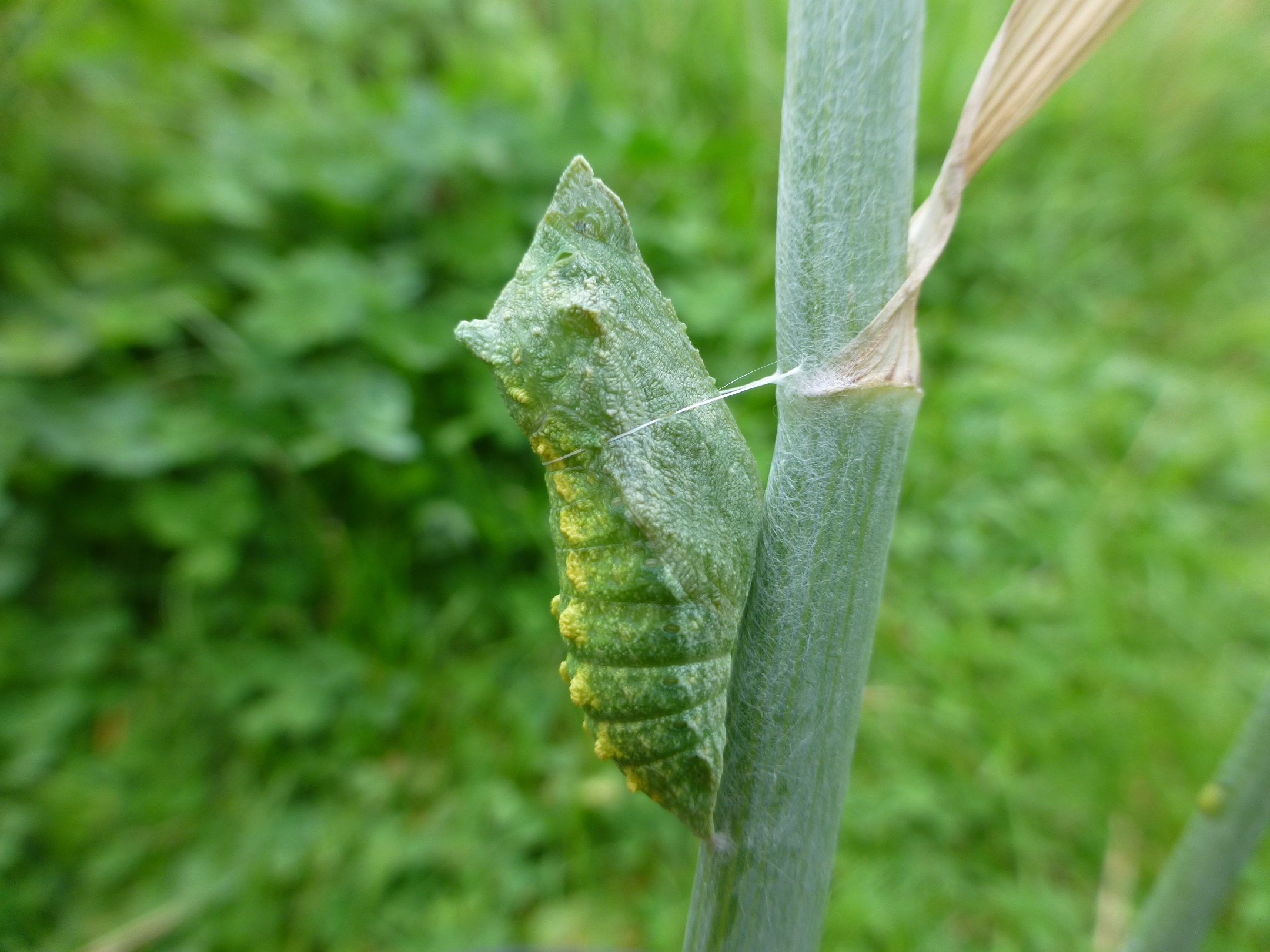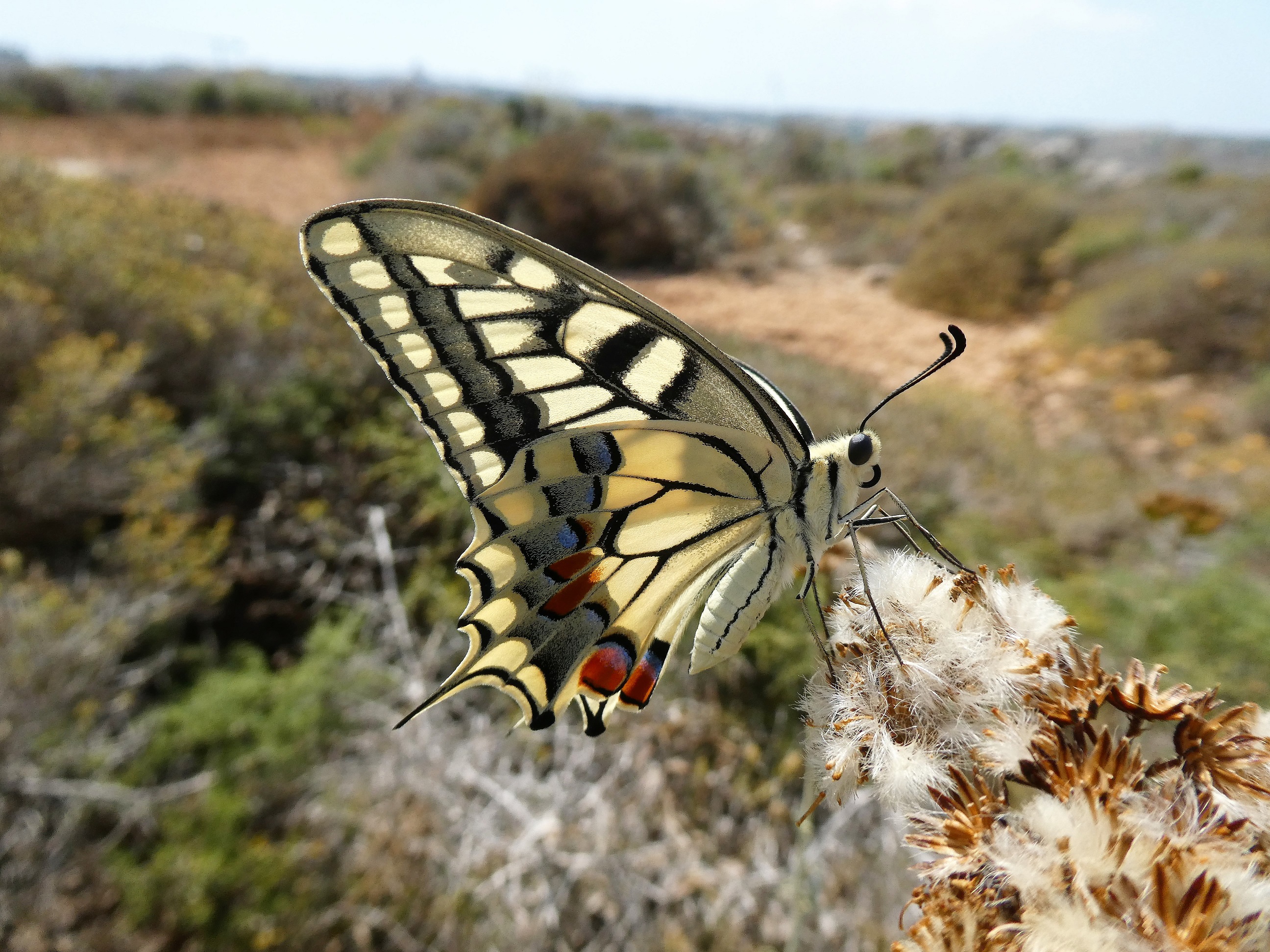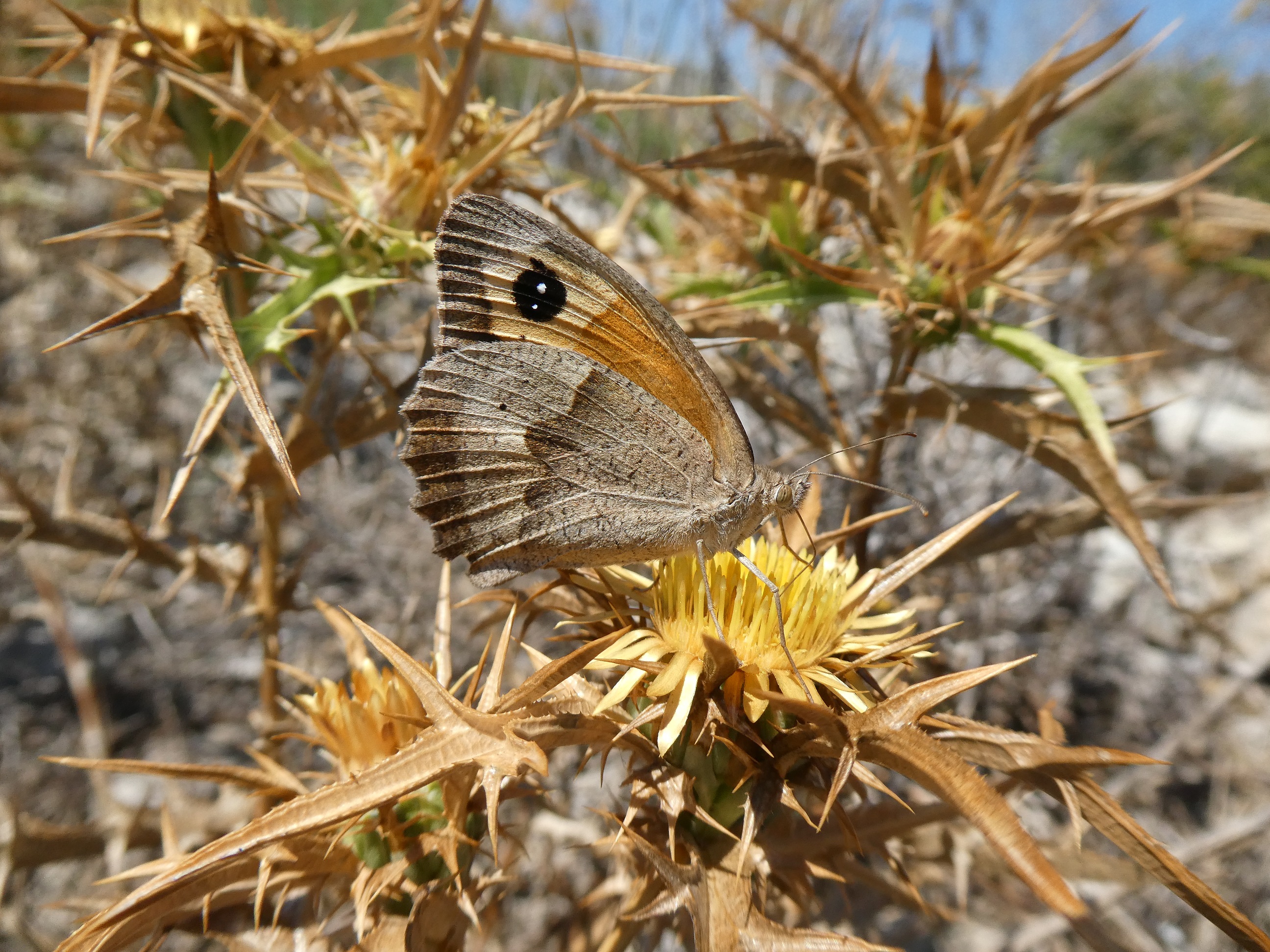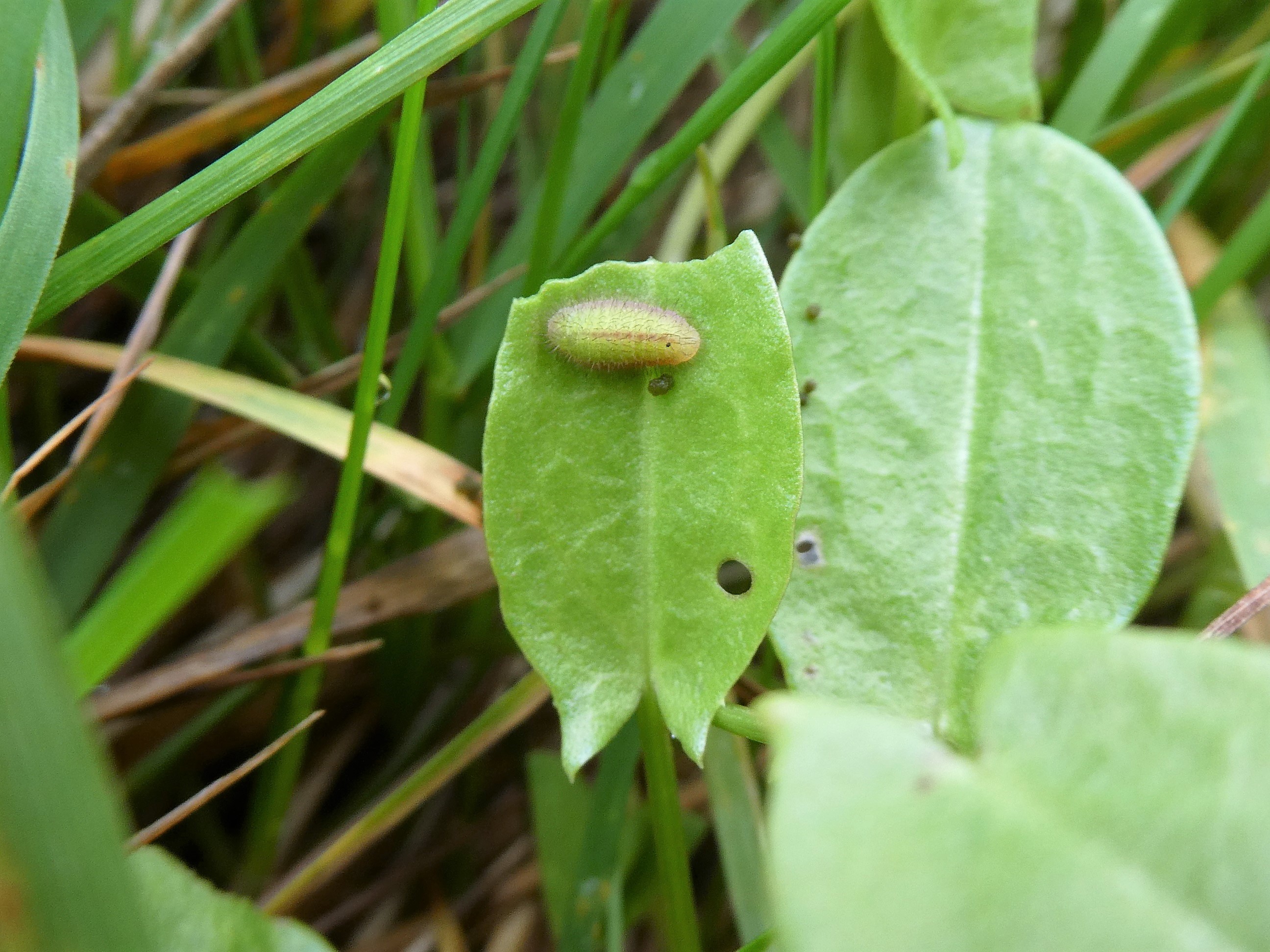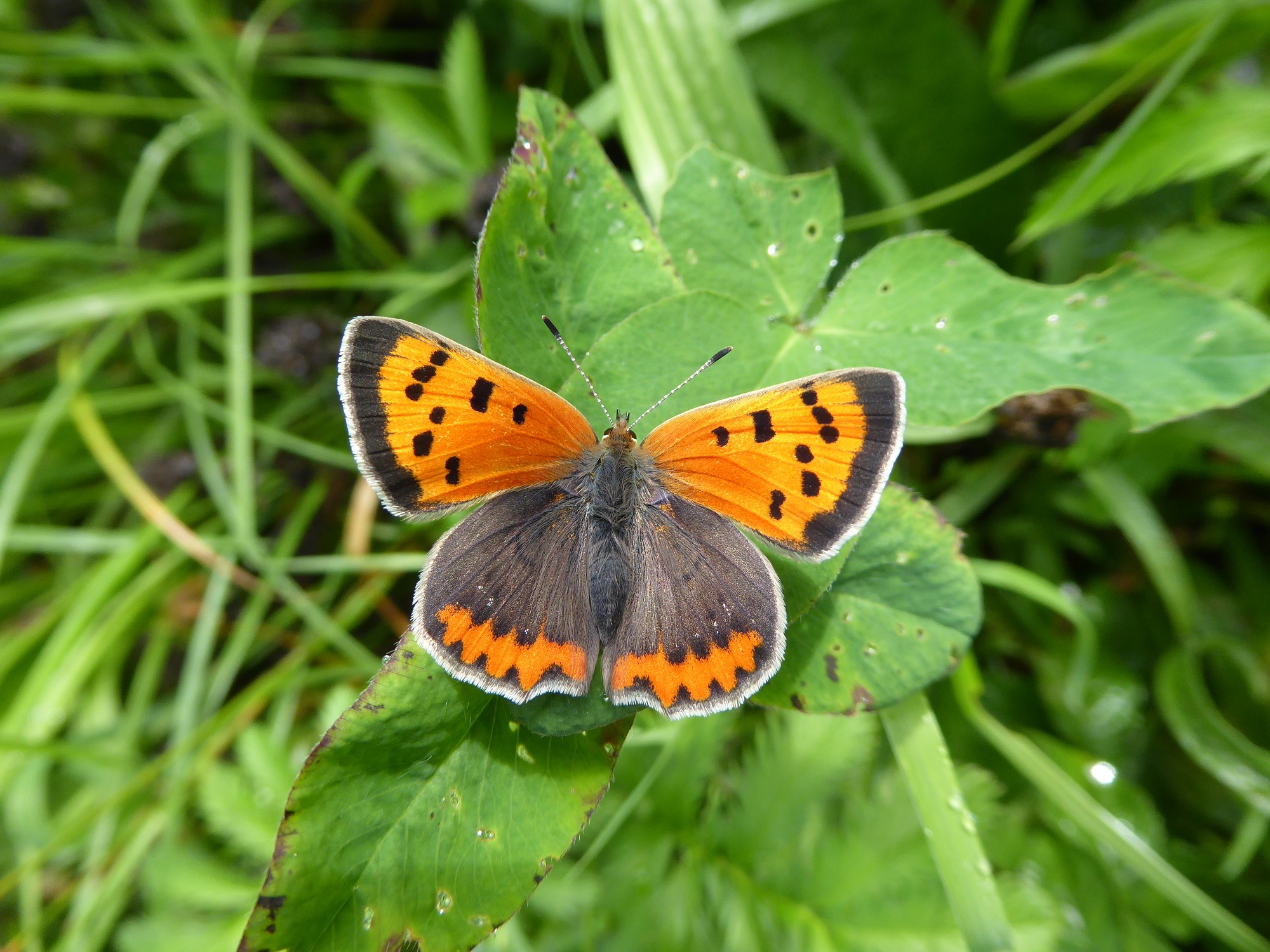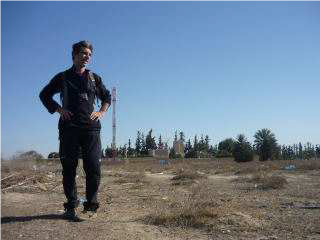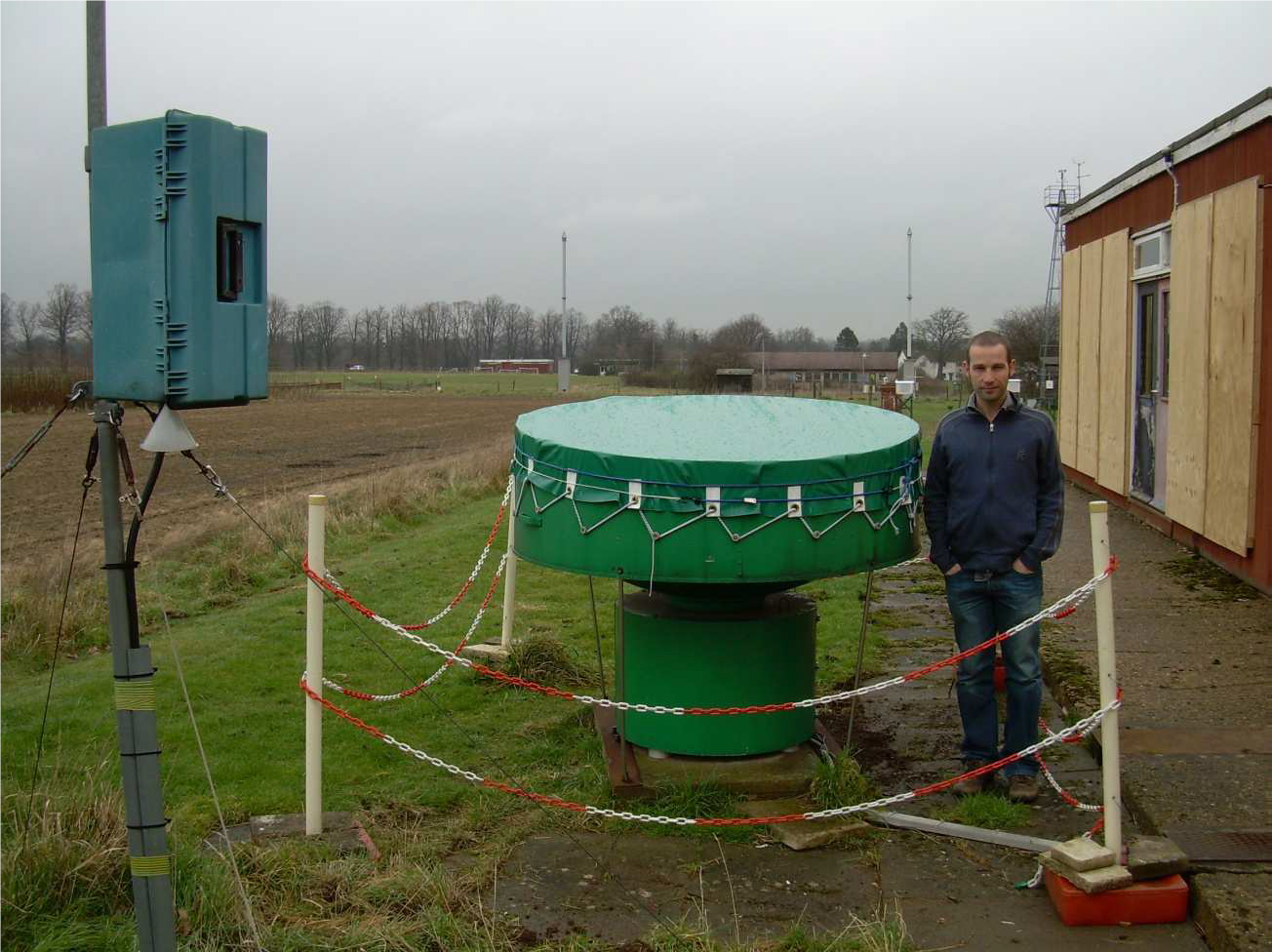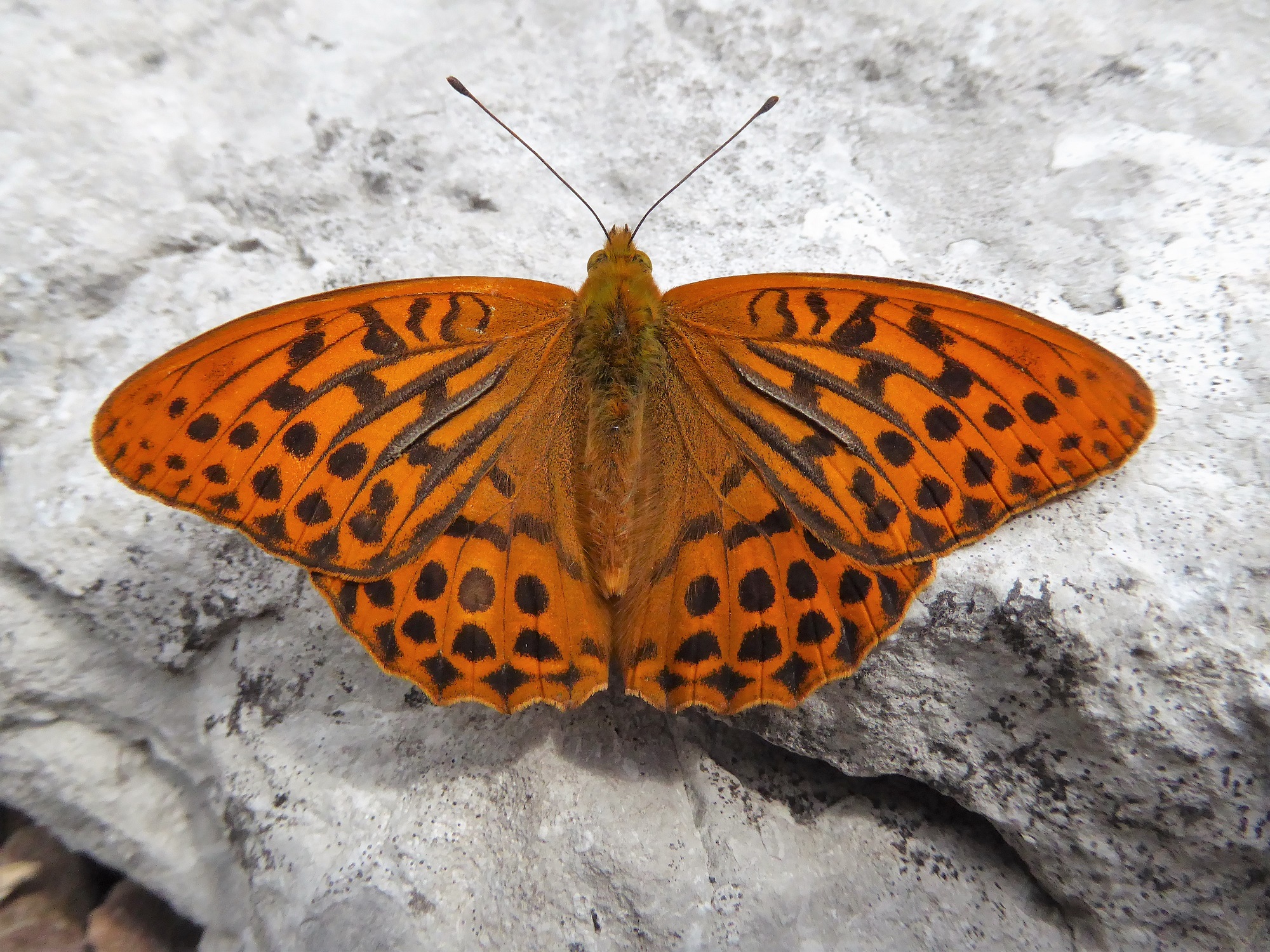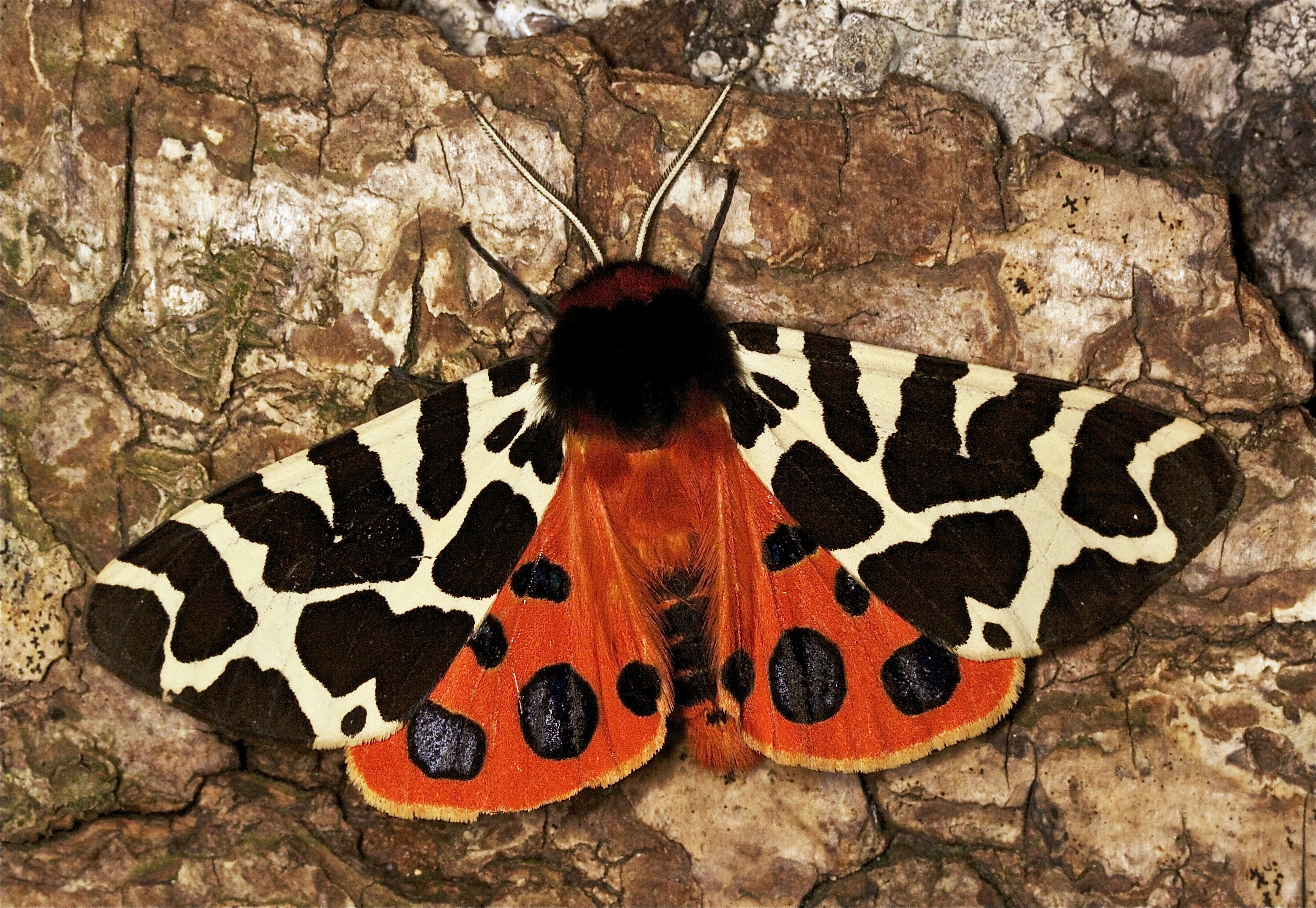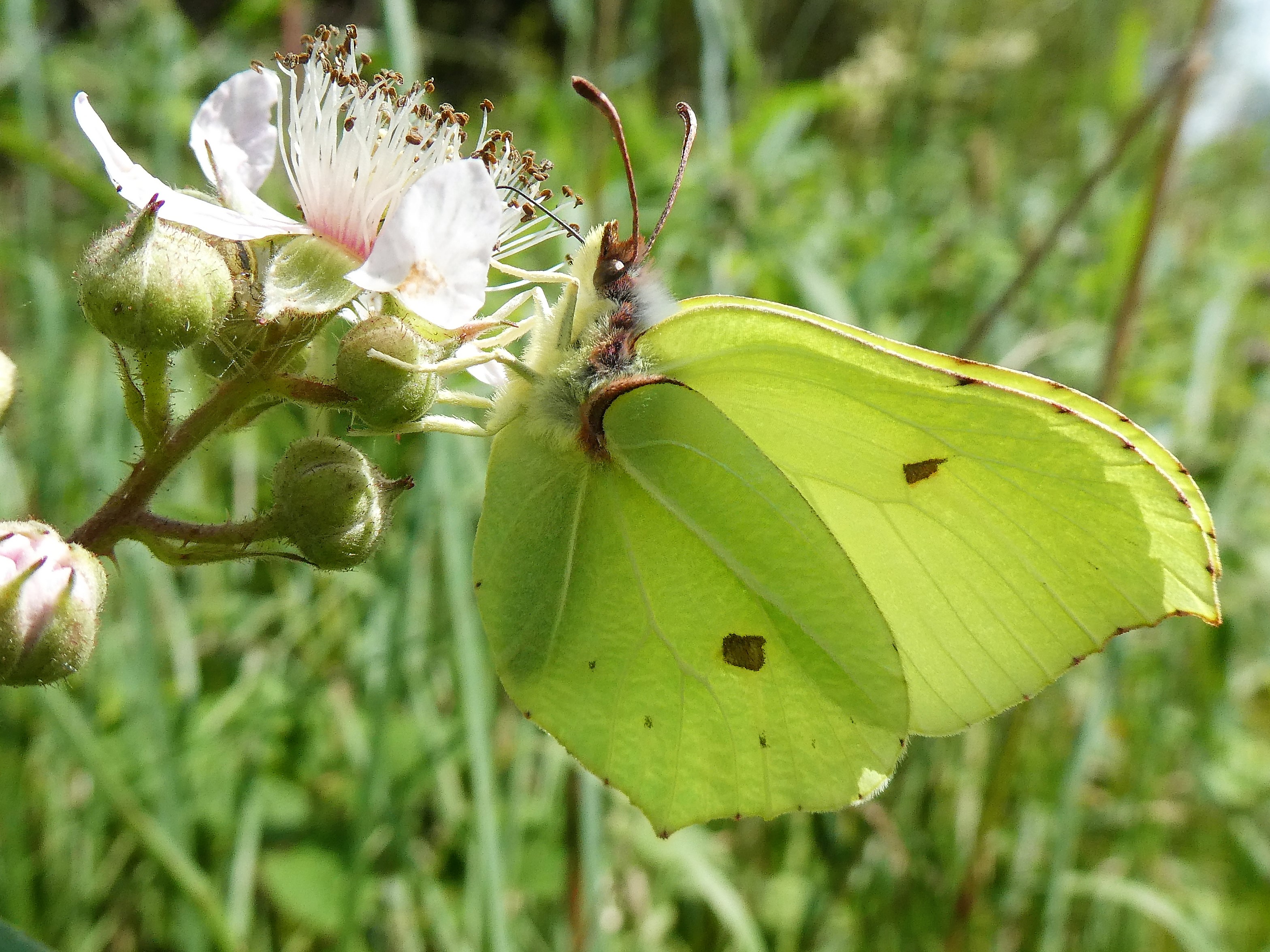According to the United Nation’s World Urbanisation Prospects, at some date between 1st July 2006 and 1st July 2007, a major milestone in the history of humanity was passed, largely unremarked. The percentage of the world’s populations living in urban areas passed 50%. In 2018 that figure rose to 55% and is expected to reach 68% in 2050.
This development is taking place alongside the increase in the size and population of cities. This is changing profoundly many aspects of human life, exposing more people to pollution, making people more vulnerable to pandemics, mental and emotional health difficulties by making people more concentrated.
There are potential benefits of urbanisation-it may be easier to deliver health, education, housing to a concentrated rather than to a dispersed population.
Whether we want this type of mass urbanisation or not, it is happening. Man is leaving the land, where increased use of chemicals and machinery requires fewer workers and moving to cities to find a home, employment and a new way of living.
Humans are losing contact with the natural world. The world of glass, steel, concrete, smoke, noise, buildings, roads and anonymous masses of people replaces open sky, trees, grass, clean rivers, lakes, animals and neighbours.
People living more and more indoor lives often don’t know what time of year it is-the idea of seasonality, of the cycle of the year, means little or nothing to us when we have central heating and light at all times at the flick of a switch or touch of a fob. If you think I am exaggerating, I have frequently asked urban-living second-level students what season we are in. Rarely have I received a correct answer.
Even when urban dwellers know that it is hotter and brighter in summer and colder and darker in winter there is so much that is missed. As I glance out my window this April morning, the native hedges outside are sprinkled with fresh, lettuce-coloured foliage, the birches similarly are brightening. Only my oaks remain stubbornly unresponsive as yet. But their time will come soon. The grassy areas are a subtly deeper green, highlighting the deeper yellow of the flowering Cowslips, a real delight in April. These succeed their fading primula cousins, the Primrose. Change is unregistered by many of us who live in towns. We just don’t see it.
And what we don’t see is not happening.
The fear is that as species slip from the obscurity of decline into the oblivion of extinction, no-one sees it happen. We are too far away, in our artificial urban world. If you think I exaggerate, look at Keelings, the fruit growers in north County Dublin. This firm cannot find Irish people to pick fruit and must import workers from Bulgaria to considerable public disquiet. But it demonstrates that the Irish people, once close to the land increasingly have no relationship with it. The same issue has arisen in England where Romanians have been flown in to pick fruit and harvest vegetables although some English people have agreed to do the work.
The changes in society and settlement patterns are a worry for nature. We are not in west Africa to see China, the world’s biggest timber importer, demolishing the rain forests. We don’t see the billions of tonnes of raw sewage China discharges into the Pacific Ocean every year. We didn’t see the extinction of the Javan Rhinoceros, discovered in 1988 and extinct in 2010.
Why should we? These places are far from our homes. True. But we don’t see the dire damage done here. We don’t see or care about the extinction of raised bogs. We don’t see (or care about?) the decline of creatures we presumably love, such as butterflies and birds. The Corncrake, Lapwing, Curlew, Eurasian Skylark, Meadow Pippit all in trouble, some of these facing extinction.
In 2006 Butterfly Conservation UK published research from the Rothamsted agricultural research facility on moth populations that ran over a 35 year period, 1968-2002. The findings are that moth populations have undergone a remarkable decline, worse than that experienced by birds, butterflies and wildflowers. Two-thirds of the 337 moth species were declining; 80 species by 70% or above. This has a massive knock-on impact on the other species that share moths’ ecosystems. In The State of the UK’s Butterflies 2015 published by Butterfly Conservation UK (I mention the UK because there is far more data available there) it was stated that 76% of the UK’s resident and regular migrant butterfly species declined in either abundance or occurrence (or both) over the past four decades (since 1976).
In Ireland, the data is less extensive but the conclusions reached in the 2010 Red List for butterflies shows that 33% of the Irish butterflies are in decline; of these 18% is under threat of extinction and 15% is near threatened.
However, since 2010 the situation may have worsened. There are, for example, some species that are likely be added to the threat of extinction categories. What adds to the alarm is that some formerly very common and still widespread butterflies, such as the Small Heath are in deeper trouble ten years on from the 2010 assessment.
Another insightful indicator of how butterflies are performing is found in the European Grassland Butterfly Indicator:1990-2011. The European Grassland Butterfly Indicator is one of the status indicators on biodiversity in Europe. It is based on the population trends of 17 butterfly species in 19 countries. This report presents the fourth update of this indicator now covering 22 years. A number of species found in Ireland were included in the assessment. These are Dingy Skipper, Orange-tip, Common Blue, Small Blue, Marsh Fritillary, Wall Brown, Meadow Brown and Small Heath. The supranational EU trends of the 17 butterfly species of the European Grassland Butterfly Indicator showed that Dingy Skipper, Orange-tip and Small Blue populations were stable but that Common Blue, Marsh Fritillary, Wall Brown, Meadow Brown and Small Heath were in decline. Overall, the indicator shows that since 1990 butterfly populations have declined by almost 50 %. The European Grassland Butterfly Indicator shows a clear decline, and the main drivers behind this are identified as intensification and abandonment. Additional factors are urbanisation and afforestation of grasslands.
The key factor identified is agricultural intensification, which involves a wide range of activities, including the conversion of unimproved grasslands to arable crops, and permanent grasslands into temporary grasslands, heavy use of fertilisers, drainage, the use of herbicides, insecticides and pesticides, enlargement of fields, removal of landscape features and field margins and the use of heavy machines. In its most extreme form, the remaining agricultural land is virtually sterile with almost no butterflies. In such situations, butterflies can survive only on road verges, in remaining nature reserves and urban areas. Even then butterflies are not safe, as wind‑drifted insecticides kill many larvae on road verges next to sprayed fields and nitrogen deposition fertilises nutrient‑poor meadows (Butterflies typically thrive on nutrient-poor soils). This fertilisation speeds up succession (grass and scrub growth) and leads to the paradox of micro‑climatic cooling in combination with climate warming.
Abandonment of farming might be thought a positive development for butterflies and moths. For a few short years, this is often the case. The cessation of crop-growing and application of chemicals may see the return of some flowers, native grasses and the associated butterflies. When abandonment occurs in the more remote, less agriculturally productive areas especially on nutrient-poor soils and in steeper, rocky land, a population resurgence often occurs. This is a brief revival because natural succession, the process which sees this land colonised by scrub and trees eliminates grassland habitat and the butterflies that require it.
These problems can be tackled but greater societal awareness and desire to address the challenges is needed. Education will play a vital part in educating increasingly urbanised children on the wonders of the world around them and the world of the broader countryside. For primary level, the current “Heritage for Schools” scheme, a great outlet and learning opportunity for our children should be expanded. At second-level, science programmes at Junior Cycle should include a practical habitat study project where habitat creation and management should be carried out. The Civic, Social and Political Education programme should also have a strong biodiversity element with an action project that involves habitat creation initiatives/study.
At Leaving Certificate, the study of biology involves an ecology element, which typically involves an ecosystem study. The introduction of a compulsory or optional research project involving an ecosystem study which comprises 20% of the mark for the course may deepen interest and awareness in the workings of our wonderful natural world. Aesthetic appreciation can be deepened through the art syllabus; one element of the art portfolio can be a representation of a butterfly. In order to facilitate these developments, a comprehensive system of in-service training for teachers needs to be instituted. This can be done on dedicated in-service training days and during Croke Park Agreement hours.
Some other ways to tackle the biodiversity crisis will be described in the next post.
The need to recognise the beauty of nature, so vital if we are to recognise the need to protect our world, might be encouraged if we seek out and enjoy the butterflies we have…




